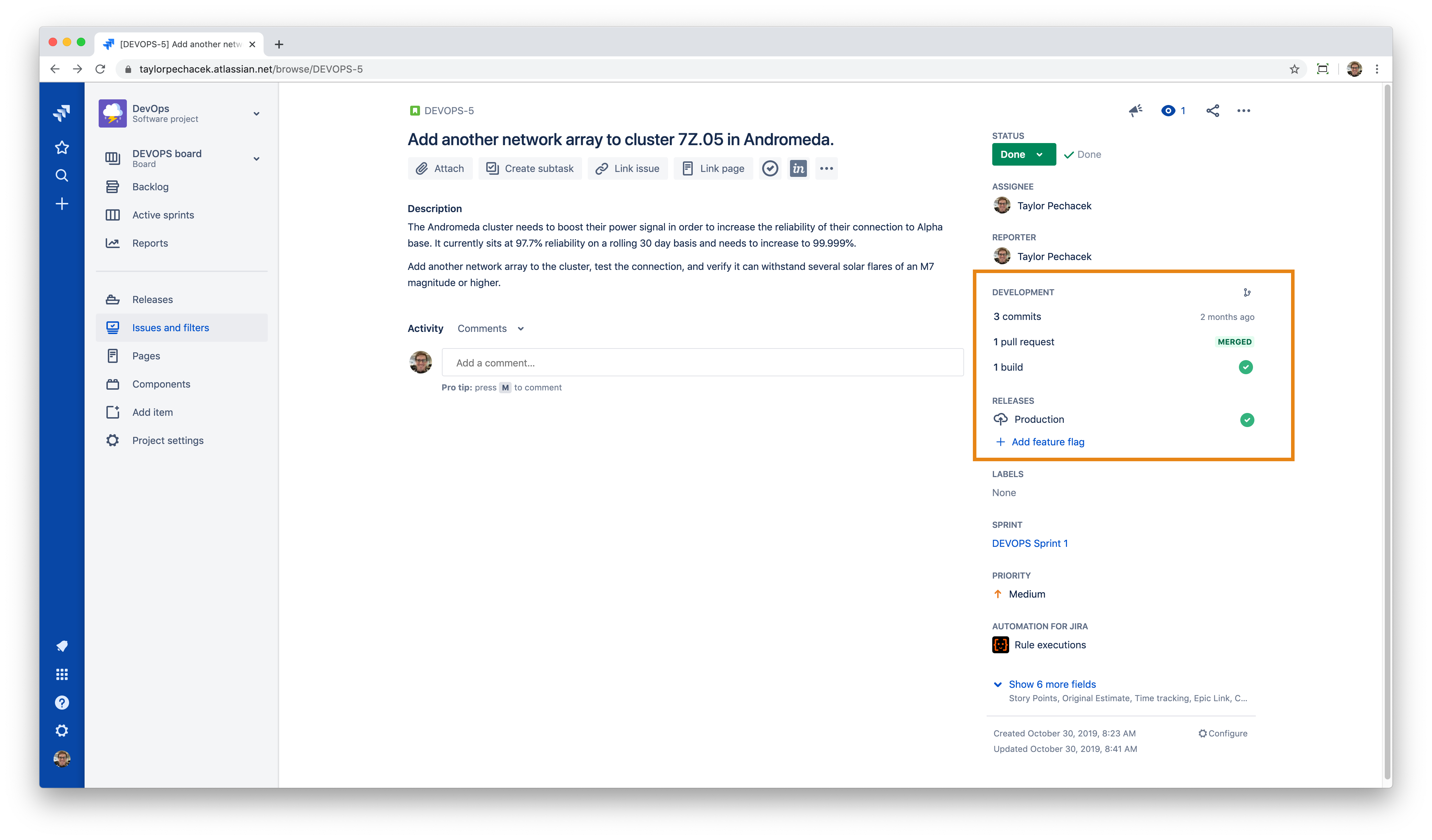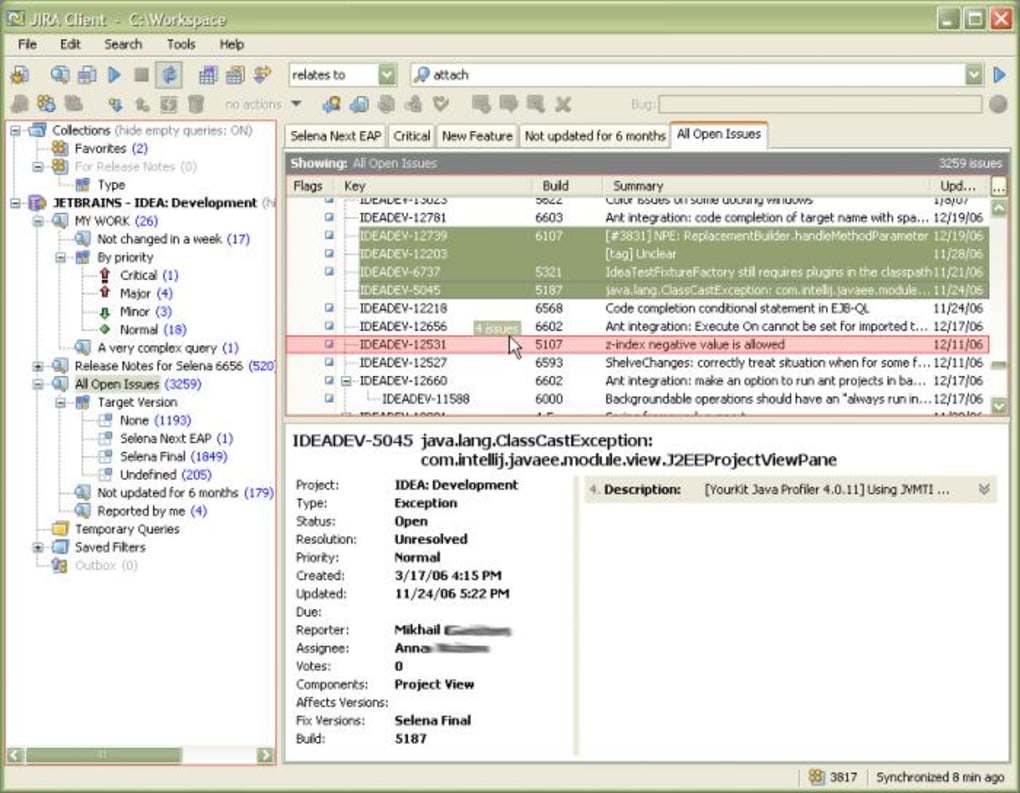
Java/JVM: EclipseLink metrics collector.Asįor all independently maintained software, we cannot vet all of them for best Make use of one of the normal Prometheus client libraries under the hood. They are not Prometheus client libraries themselves but

This section lists libraries and other utilities that help you instrument code
#Jira client api software
The software marked direct is also directly instrumented with a Prometheus client library. Some third-party software exposes metrics in the Prometheus format, so no
#Jira client api how to
Happy to give advice on how to make your exporter as useful and consistent as

Please also consider consulting the development mailing When implementing a new Prometheus exporter, please follow the Tivoli Storage Manager/IBM Spectrum Protect exporter.Issue trackers and continuous integration

Intel® Optane™ Persistent Memory Controller Exporter.Node/system metrics exporter ( official).Wide variety of JVM-based applications, for example Kafka and Not listed here due to overlapping functionality or still being in development. Wiki page has become another catalog of exporters, and may include exporters We encourage the creation of more exporters but cannot vet all of them forĬommonly, those exporters are hosted outside of the Prometheus GitHub Those are marked as official, others are externally contributed and maintained. Some of these exporters are maintained as part of the official Prometheus GitHub organization, Metrics directly (for example, HAProxy or Linux system stats). This is useful forĬases where it is not feasible to instrument a given system with Prometheus Metrics from third-party systems as Prometheus metrics. There are a number of libraries and servers which help in exporting existing Issue trackers and continuous integration.(Again, I have added formatting here for readability. Near the top of the file you will find this. You can put your server URL in there, or you can just put any URL in there and supply the server URL in your code.

You’ll find that swagger-codegen doesn’t like this. The other problem is that the swagger file has an empty string for the server URL. In theory this is the minimum command you’d need to generate some source code in the current directory from the spec: swagger-codegen generate \ĭon’t forget to remove the comma before “enum”.
#Jira client api install
You can build this from source, but I just installed a version on my Mac using “brew install swagger-codegen”. I am going to use the swagger-codegen tool to generate my client code. I won’t discuss that here, but you can read more at Swagger is a way of documenting APIs in a standard way. Although swagger-codegen can generate APIs directly from a URL, for now we’ll save a copy locally. This is a JSON file that describes the REST API for Jira Cloud. Click that, and you’ll see the link for “Download OpenAPI Spec”. If you go to the documentation for the Jira Cloud REST API at you’ll see the “…” in the top right. In this post I’ll take you through the process of generating Java code from the Open API specification that Atlassian publishes (using swagger-codegen), and then writing a simple Java application that creates an issue in Jira Cloud. Atlassian makes a Java REST client library to work with Jira Server, but what if you want to write code to talk to Jira Cloud? The APIs are different enough between Jira Server and Jira Cloud that the Jira Server client library does not work with Jira Cloud.


 0 kommentar(er)
0 kommentar(er)
